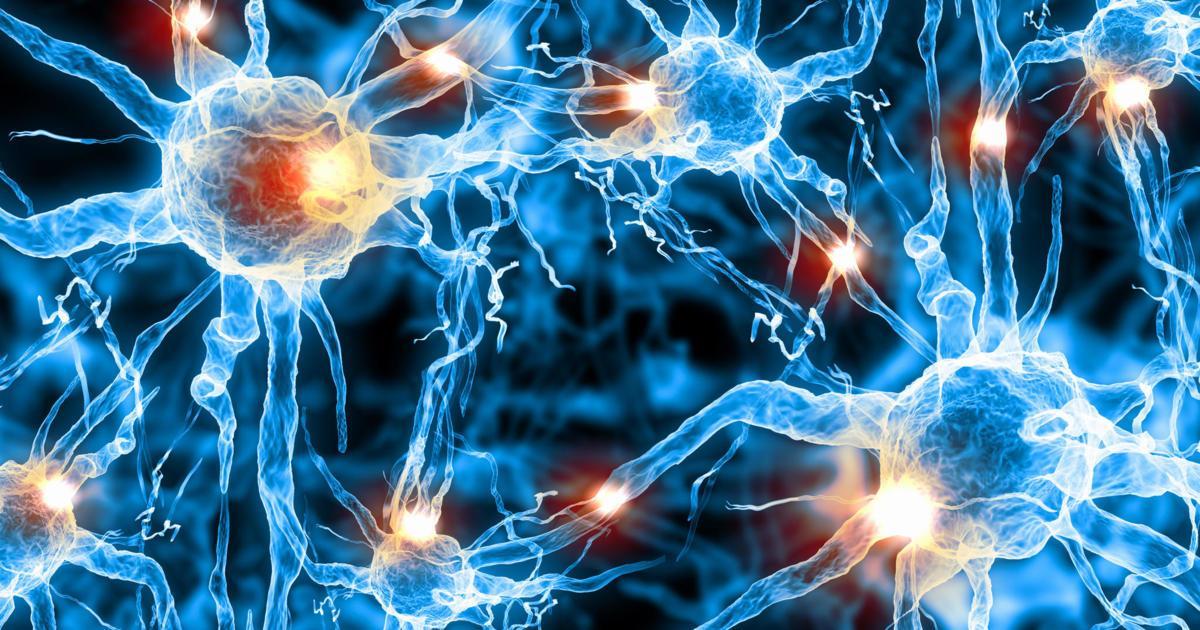Common Causes Of Periodic Limb Movement Disorder
Periodic limb movement disorder is a form of movement disorder that involves repeated movements of the limbs during sleep. Formerly known as nocturnal myoclonus, the majority of the limb movements associated with this condition occur in the lower limbs, though some patients may experience symptoms in both the lower and upper limbs. Common symptoms include repetitive extensions of the toes and repeated flexion of the ankles, knees, and hips during sleep, and patients may also report daytime sleepiness, disrupted sleep, and general fatigue.
Periodic limb movement disorder frequently occurs in conjunction with restless legs syndrome, a related condition, and approximately eighty percent of restless legs syndrome patients also have periodic limb movement disorder. Patients with narcolepsy and sleep apnea may be at a higher risk of developing this condition, and some antipsychotics, antidepressants, and antihistamines can exacerbate symptoms. Doctors usually order blood tests and overnight studies at a sleep laboratory to diagnose this condition. Treatment options include dopamine agonists, anticonvulsants, and narcotics. Patients are routinely advised to avoid chocolate, coffee, and other items that contain caffeine.
The conditions outlined below are commonly associated with periodic limb movement disorder.
Nerve Abnormalities

Some researchers believe nerve abnormalities may be a cause of primary periodic limb movement disorder, a form of the condition that occurs on its own and is not related to any other medical condition. It is thought problems with the autonomic nervous system may contribute to the development of this disorder, and some researchers believe problems with nerve conduction, spinal cord injury, and spinal cord tumors may also be associated with the condition. However, research thus far has provided only inconclusive results as to the relationship between nerve abnormalities and periodic limb movement disorder. Nevertheless, patients who believe they have this condition may be asked to undergo nerve conduction tests and other studies that can determine if nervous system issues might be exacerbating their symptoms.
Read more about conditions linked to periodic limb disorder now.
Spinal Cord Injury

Some research has suggested spinal cord injuries may be associated with the development of secondary periodic limb movement disorder for certain patients. Spinal cord injuries can take a variety of forms, and doctors normally categorize these injuries as either complete or incomplete. Complete injuries of the spinal cord result in permanent damage to the spine, and this causes paralysis. Incomplete spinal injuries result in only partial damage to the area, and patients may still be able to move and recover from these injuries. Periodic limb movement disorder related to a spinal cord injury develops after an incomplete spinal injury. In addition to the involuntary movements associated with this condition, patients with incomplete spinal cord injuries may also experience pain, exaggerated reflexes, an inability to feel touch or temperature changes, bladder or bowel incontinence, and breathing difficulties. Doctors assess the severity of spinal cord injuries with a neurological exam and imaging studies. Medication, surgery, and physical therapy may be appropriate for patients with these injuries, and doctors will discuss the most effective treatment options at each stage of the patient's recovery.
Get more details on causes of periodic limb disorder now.
Diabetes Mellitus

Diabetes mellitus is a major cause of the secondary form of periodic limb movement disorder associated with underlying diseases. Type 2 diabetes, the most common form of this chronic illness, occurs when the body cannot make or process insulin as effectively as it should. Individuals with diabetes could experience increased thirst, fatigue, unexplained weight loss, and blurry vision, and they may notice sores that are slow to heal. Risk factors for the development of type 2 diabetes include obesity, high blood pressure, polycystic ovary syndrome, and high cholesterol. Patients with diabetes may need medication to control their blood sugar, and some of these drugs can occasionally cause disrupted sleep and jerky movements or twitches at night. While some individuals who have diabetes may be able to control their disease with diet and exercise, many patients will need oral medications and injections to achieve optimal symptom control. Endocrinologists can help patients manage their symptoms effectively, and patients may benefit from consults with a nutritionist too.
Learn more about what may cause periodic limb movement disorder now.
Uremia

Patients with uremia may experience symptoms associated with secondary periodic limb movement disorder. Uremia typically occurs in the final stages of chronic kidney disease; it is characterized by an abnormal accumulation of urea and other waste products that would normally be filtered out by healthy kidneys. Patients with uremia may experience fatigue and mental confusion, and many patients also have a loss of appetite and cramping in the legs. A metallic taste in the mouth could develop, and some patients can have episodes of nausea and vomiting. Doctors use blood tests to diagnose this condition, and individuals who have it are treated with dialysis. A kidney transplant is often needed. Possible complications from untreated uremia include depression, severe itching, and cardiovascular issues. If left untreated, uremia can quickly become life-threatening, and it may trigger fatal heart attacks in some individuals.
Uncover another cause of periodic limb movement disorder now.
Iron Deficiency

Iron deficiency occurs when the patient has too little iron in their blood, causing a shortage of hemoglobin, a substance that carries oxygen to cells. As a result, patients with an iron deficiency may experience shortness of breath, and fatigue is also common. Other possible symptoms include fatigue, chest pain, a rapid heartbeat, brittle nails, and cold hands and feet. Patients typically appear very pale, and they may have soreness or inflammation of the tongue. Headaches and dizziness occur frequently, and some individuals with this condition might notice they have strange cravings for non-food items such as ice or dirt. Many patients also notice their limbs also become stiff or jerky at night in some instances as well. Physicians can check a patient's iron levels with a simple blood test, and treatment normally includes adding more iron-rich foods and vitamin C to the diet. Iron supplements are typically recommended as well. If possible, doctors recommend taking iron supplements on an empty stomach, and they should not be taken at the same time as antacids.
